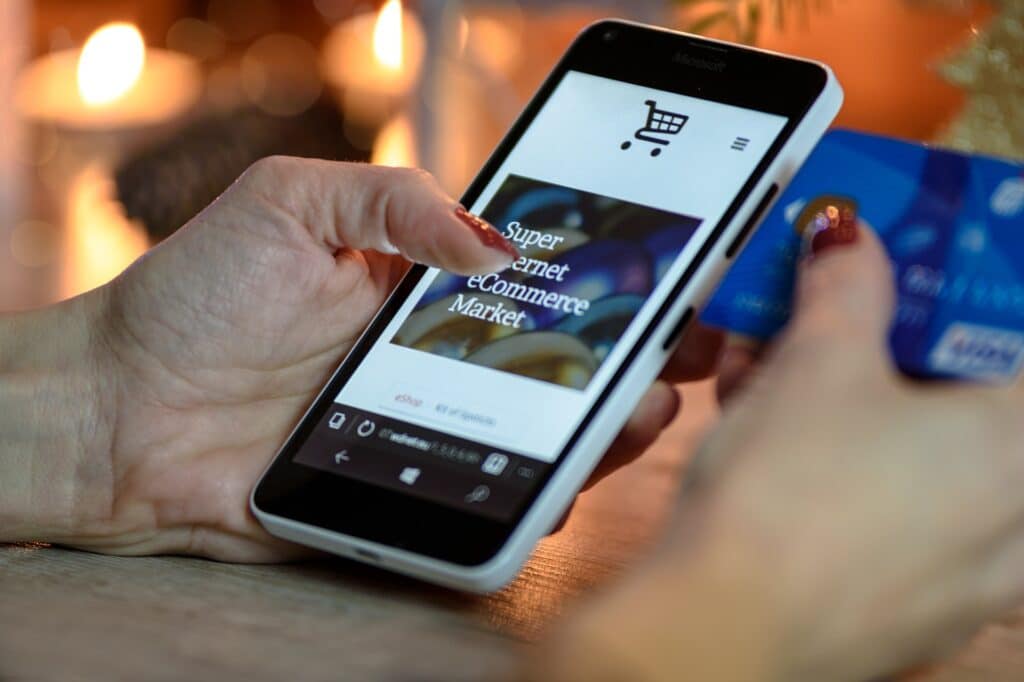
Augmented Reality – how retailers can use the new technology
Innovation
Posted 29 Nov 2018
Which possibilities do Augmented Reality offer retailers? In an earlier article, we have already presented how the new technology enables multisensory experience in online trading. But virtual and augmented reality technologies also offer numerous possibilities for stationary retail to improve the shopping experience for customers and to generate higher revenues. Whether food retailing, clothing and jewellery shops or furniture stores – Augmented Reality offers possible applications for every form of stationary trade that go far beyond displaying simple product information.
AR enables customers to conduct virtual product tests
For example, the furniture retailer IKEA offers an app in the U.S. that enables customers to test how products look at home via smartphone. The app can first be used to scan a specific area of one’s apartment so that any product from the retailer’s range can then be placed virtually in one’s own home. This makes it easier for the customer to assess whether a piece of furniture looks too bulky at home or whether the colour of a product goes with the rest of the furnishings.
For some time now, the cosmetics manufacturer L’Oréal has offered a similar opportunity to check out products virtually before purchasing them. Customers first scan the product’s QR code in the stores. The smartphone can then be used as a front camera mirror to show how the makeup product would look on one’s own face.
A kitchen dealer from Germany goes one step further. In its furniture store, it offers the possibility of wearing virtual reality glasses with gesture recognition in order to plan the customer’s own kitchen. The clients can move freely in the room while the integrated gesture control makes it possible to open doors of cabinets intuitively or to carry objects around and thus already try out the planned kitchen virtually.
The toy manufacturer LEGO uses augmented reality to solve the problem that customers cannot estimate exactly which components are inside the packaging, especially in larger boxes. Once the manufacturer’s app has been installed, it is enough to hold a product in front of the camera of your own smartphone to see the sometimes hundreds of components that are included in the package.
Sales potential for stationary trade
The potential Augmented Reality provides for the stationary trade and how well the offers are accepted by customers is shown in a study carried out by Splendid. According to this, more than 88 percent of the 18- to 69-year-olds who have already used AR are willing to do so again. According to Splendid, for example, food retailing alone could generate additional sales of 5.44 billion Euros per year if Augmented Reality is used profitably for the customer.
However, the same study also highlights the challenge the retail sector faces. Around 77percent of those surveyed would like to have a single app that can be used for all shops instead of having to download different apps for different stores. The future success of the technology could therefore also depend on the extent to which retailers initiate a corresponding cooperation in order to offer the customer an AR experience that is as simple and user-friendly as possible.
– For questions and suggestions please contact HBI